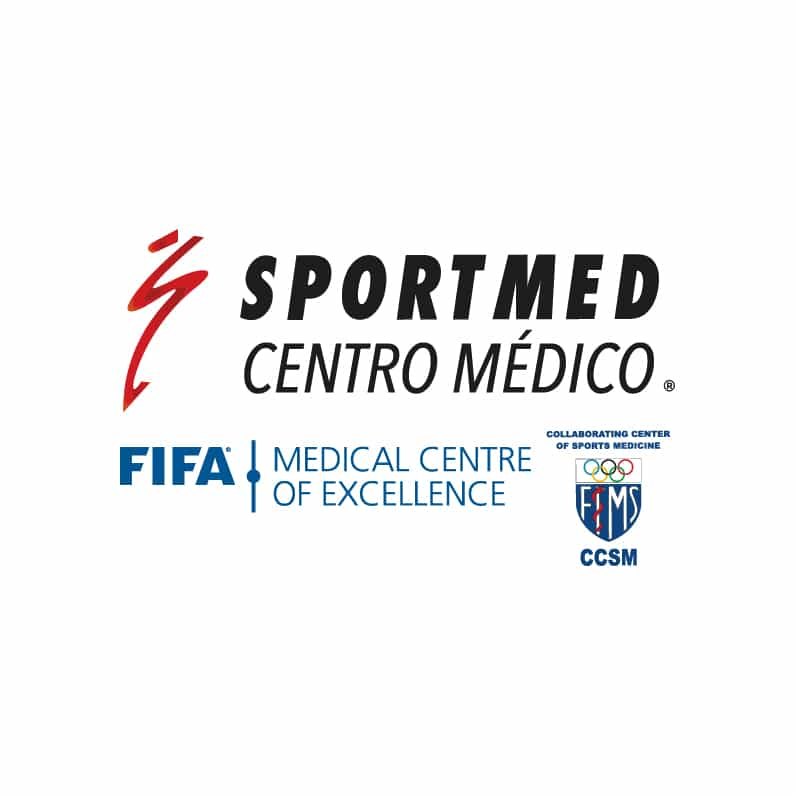Your Guide to Affordable Back Surgery Without Insurance

For many people, chronic back pain can be a debilitating condition that severely impacts their quality of life. When conservative treatments fail, back surgery may become a necessary and life-changing option. However, the high cost of medical procedures, especially without health insurance, can feel like an insurmountable obstacle. The thought of a major surgical procedure costing tens of thousands of dollars can be terrifying.
Navigating the healthcare system without insurance is a challenge, but it is not impossible. This guide will walk you through the various options available to help you get the back surgery you need, even if you are uninsured. From exploring financial assistance programs to considering medical tourism, we'll cover the steps you can take to make your treatment a reality.
Step 1: Understand the True Cost of Back Surgery
Before you can find a solution, you must first understand the financial problem. The cost of back surgery can vary dramatically based on the type of procedure, the hospital or surgical center, the surgeon's fees, anesthesia, and your geographic location. Without insurance, a procedure like a laminectomy can cost anywhere from $50,000 to $90,000, while a spinal fusion could be upwards of $150,000. These figures are often inflated, as they represent the "sticker price" before any discounts or negotiations. It's important to get a clear, itemized estimate for your specific procedure to know exactly what you're facing.
Step 2: Explore Hospital and Provider-Based Financial Assistance
Many hospitals are legally required to provide some form of financial assistance or "charity care" to low-income, uninsured patients. This is often based on the Federal Poverty Guidelines.
How to Apply for Charity Care:
- Research Hospital Policies: Visit the websites of hospitals in your area or contact their billing departments directly. Look for a "Financial Assistance Policy" or "Charity Care" section.
- Check Eligibility: These programs typically have specific income and residency requirements. Make sure you meet the criteria before you apply.
- Gather Documentation: You will need to provide detailed documentation of your financial situation, including income statements, tax returns, and proof of residency.
- Submit a Thorough Application: Be honest and transparent about your financial needs. Follow up with the billing department to ensure your application is processed correctly.
Step 3: Investigate Non-Profit Organizations and Government Programs
Beyond hospital-specific programs, there are numerous non-profit organizations and government assistance programs designed to help patients with significant medical costs. These organizations often provide grants, co-pay assistance, and other forms of financial aid.
Key Organizations to Consider:
- Patient Advocate Foundation: This organization provides small grants and case management services to help patients navigate the healthcare system and find financial resources.
- The Assistance Fund (TAF): TAF is an independent charitable organization that helps patients and families facing high out-of-pocket costs for a wide range of diseases and chronic illnesses.
- PAN Foundation: This foundation also offers financial assistance to help underinsured patients afford their medications and treatments.
Step 4: Consider Medical Tourism as a Viable Option
Medical tourism, the practice of traveling to another country for medical care, has become an increasingly popular and cost-effective solution for uninsured patients seeking major surgical procedures. The savings can be substantial, with costs for back surgery often being 50-70% less than in the United States, even when including travel and accommodation expenses.
Why Medical Tourism for Back Surgery?
- Significant Cost Savings: The primary benefit is the dramatic reduction in cost without sacrificing quality. Countries like Costa Rica, Mexico, Turkey, and India have world-class hospitals and highly skilled surgeons.
- Access to Quality Care: Many international hospitals are accredited by reputable organizations like the Joint Commission International (JCI), ensuring they meet rigorous standards for patient safety and quality of care.
- No Waiting Lists: Unlike some healthcare systems with long waiting lists, medical tourism allows for prompt scheduling of your procedure.
- All-Inclusive Packages: Many medical tourism providers offer comprehensive packages that include the surgery, hospital stay, flights, hotels, and even a dedicated case manager to guide you through the process.
Step 5: Negotiate and Self-Pay Discounts
If none of the above options are a good fit, you may still be able to get a significant discount by paying for the surgery yourself. Hospitals often have a "self-pay" rate that is much lower than the billed amount for uninsured patients.
Tips for Negotiating Medical Bills:
- Ask for the "Self-Pay" or "Cash" Price: Call the hospital's billing department and ask for a detailed price estimate. Explain that you are an uninsured patient paying out-of-pocket and inquire about any discounts.
- Negotiate a Payment Plan: If you can't pay the full amount upfront, many hospitals are willing to set up a no-interest or low-interest payment plan.
- Leverage Retirement Funds (with caution): You may be able to borrow from your 401k or 403b without penalty for medical expenses. However, this should be a last resort and requires careful consideration of the long-term impact on your retirement savings.
Step 6: Explore Alternative Financing Options
If you have a good credit score, you might consider taking out a personal loan or using a medical credit card like CareCredit to finance the procedure. While these options come with interest, they can make the immediate cost of surgery more manageable. Be sure to carefully review the terms and conditions to avoid high interest rates and fees.
FAQs About Getting Back Surgery Without Insurance
Is it safe to get back surgery in another country?
Yes, medical tourism can be very safe. Many international hospitals are JCI-accredited and employ surgeons with Western training and certifications. It is crucial to do your research, choose a reputable facility, and work with a trusted medical tourism facilitator to ensure a safe and successful experience.
What is the average cost of back surgery without insurance?
The cost varies widely based on the procedure, location, and surgeon. A discectomy might range from $15,000 to $35,000, while a more complex spinal fusion could be $80,000 to $150,000 or more.
Can I use crowdfunding to pay for my back surgery?
Yes, crowdfunding platforms like GoFundMe can be a powerful tool. Many people have successfully raised money from their community, friends, and family to cover medical expenses.
What are some less invasive and lower-cost alternatives to traditional back surgery?
Depending on your condition, you may be a candidate for minimally invasive spine surgery, which often has a shorter recovery time and lower costs. Other options include pain management injections, physical therapy, and innovative treatments like the DISCSEEL® procedure.
Will a doctor see me without insurance?
Most doctors will see you without insurance, but you will be responsible for the full cost of the visit. It is best to be upfront about your situation and ask about their self-pay rates and payment options.
Your Path to a Pain-Free Life Starts Now
The prospect of needing back surgery without insurance is daunting, but you have options. By thoroughly researching and exploring financial assistance programs, negotiating with providers, and considering all-inclusive medical tourism packages, you can find a solution that fits your budget and health needs. Your well-being is too important to let financial barriers stand in the way.
Are you ready to explore affordable, high-quality back surgery options around the globe? PlacidWay is a leading medical tourism platform that connects you with world-class hospitals and surgeons, offering transparent pricing and personalized support every step of the way. We can help you navigate your options and find a solution that gets you back on your feet. Contact PlacidWay today to get a free quote and start your journey toward a healthier, pain-free life.


.png)



.png)

.png)

.png)






Share this listing